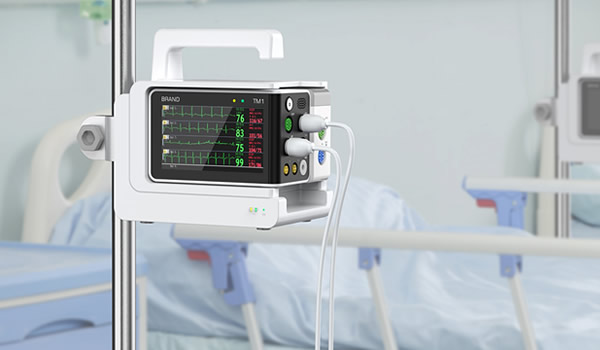Diabetes has become one of the largest health epidemics in Asia, affecting hundreds of millions of people. With the world’s highest burden of type 2 diabetes, Asia faces unique challenges driven by urbanization, dietary changes, and genetics. This article explores diabetes treatments in Asia, covering medications, insulin therapy, lifestyle innovations, and emerging therapies.

Diabetes in Asia: The Growing Epidemic
- Global statistics: Over 530 million adults worldwide live with diabetes (2021).
- Asia’s numbers: China: More than 140 million diabetes patients (largest in the world). India: Over 77 million cases, expected to rise further. Southeast Asia: Fastest growth due to urbanization and obesity.
- Unique risk factors in Asia: Lower BMI threshold for type 2 diabetes risk. High prevalence of visceral fat in “lean” individuals. Genetic predisposition to insulin resistance.
Medications for Diabetes in Asia
Metformin
- First-line therapy worldwide.
- Widely available and affordable across Asia.
Sulfonylureas
- Glibenclamide, glimepiride.
- Commonly prescribed in India, China, and Southeast Asia due to low cost.
DPP-4 Inhibitors
- Sitagliptin, linagliptin.
- Popular in Japan, South Korea, and Singapore; generics expanding access in China and India.
SGLT2 Inhibitors
- Empagliflozin, dapagliflozin.
- Provide cardiovascular and kidney protection.
- Rapid adoption in Japan, South Korea, Singapore; expanding in China and India.
GLP-1 Receptor Agonists
- Liraglutide, semaglutide.
- Highly effective for weight and glucose control.
- Cost remains a barrier in low-income regions, but demand rising in urban Asia.
Insulin Therapy
Types of Insulin
- Short-acting, intermediate, long-acting, and premixed insulin.
- Increasing use of basal-bolus regimens in developed Asia.
Insulin Delivery Systems
- Traditional injections: Still dominant in India, Southeast Asia, and rural China.
- Insulin pens: Common in Japan, Singapore, and South Korea.
- Insulin pumps: Growing adoption among younger patients in Japan and Singapore; still rare in most of Asia.
Challenges
- High out-of-pocket costs in developing countries.
- Limited patient education on insulin use.
- Fear and stigma associated with starting insulin.

Lifestyle Management
Diet and Nutrition
- Shift away from traditional rice-heavy diets toward balanced, low-glycemic index meals.
- Diabetes-friendly food programs expanding in Singapore and Japan.
Exercise
- Walking, tai chi, yoga, and aerobic activities effective in blood sugar control.
- Workplace wellness programs in India and China promoting physical activity.
Digital Tools
- Mobile apps for glucose monitoring and diet tracking.
- AI-powered coaching platforms in China, Singapore, and South Korea.
Complications and Preventive Care
- Microvascular complications: Retinopathy, nephropathy, neuropathy.
- Macrovascular complications: Heart disease, stroke.
- Screening programs expanding in Japan and South Korea, but underutilized in India and Southeast Asia.
Regional Insights
- China: Largest diabetic population; strong push for affordable generics and digital health solutions.
- India: Rising cases; challenges with access to insulin and advanced drugs.
- Japan & South Korea: Advanced therapies widely available; strong public health focus.
- Southeast Asia: Rapid growth in cases, limited healthcare infrastructure.
- Middle East: High prevalence due to obesity and sedentary lifestyles.
Future of Diabetes Care in Asia
- Artificial Pancreas Systems: Closed-loop insulin delivery under development.
- Gene and Stem Cell Therapies: Early research in Japan and China.
- Wider access to GLP-1 and SGLT2 drugs through generics and biosimilars.
- National Screening Programs to detect diabetes early.
- AI-driven predictive analytics for personalized treatment.

Conclusion
Diabetes is a health crisis in Asia, with China and India at the epicenter. Treatments range from low-cost generics to advanced biologics and insulin pumps, but access remains unequal.
The future of diabetes care in Asia lies in affordable access to innovative drugs, expansion of insulin therapy, lifestyle interventions, and digital health tools—helping millions of patients live longer, healthier lives.